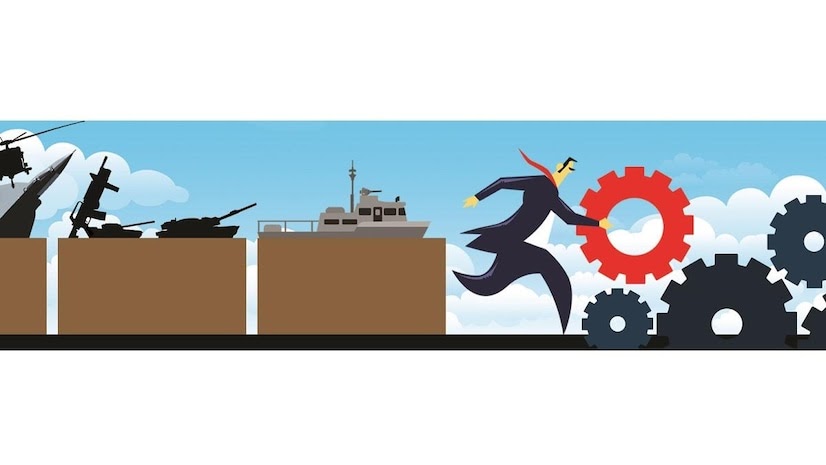
Defence News of India calls for increasing the intake of officers, without compromising standards
By Vikas Gupta
Unsigned editorial, 26th July 23
Answering a parliamentary question on Monday, the Minister of State for Defence Ajay Bhatt revealed that the military is short of 6,828 officers: 2,094 officers of the rank of major and 4,734 officers of the rank of captain. Besides these, the three services are short of 1,404 medical officers: doctors, dentists and nurses. The minister said the shortage could be ascribed to low intake of officers during the Covid-19 pandemic and in all support cadre entries. However, in December 2017 the defence minister revealed that there was a shortage of 9,259 officers: 7,679 in the army, 1,434 in the navy and 146 in the air force. Shortages of military personnel exist mainly at the officer level, while vacancies at the enlisted levels (personnel below officer rank, or PBOR) are almost fully subscribed. Figures tabled in Parliament reveal that, as on July 2017, the army had a strength of 11,94,864 PBOR, out of the 12,15,049 vacancies it had – a shortage of 20,185 personnel, or 1.66 per cent of its authorized strength. The navy fielded 56,835 personnel – 14,821 (or 20.68 per cent) short of its authorized strength of 71,656 personnel. Meanwhile, the air force had 127,172 personnel – 15,357 persons (or 10.77 per cent) short of its authorized strength of 142,529 personnel.
The reason why PBOR numbers are subscribed to almost in full while officer numbers fall well short of what is authorized is because the process of selecting officer cadets is far more rigorous. It has often been mooted that standards for selecting officers should be lowered, so that a larger number of officer cadets are selected. However, this has not found favour with the army brass, which has countered with the answer that the work that the army does is so delicate that it is better to have fewer officers of greater capability than a larger number officers whose mistakes complicate a situation irretrievably. Another reason why PBOR numbers get subscribed fully is the system of distributing vacancies to each state in proportion to their overall population eligible for recruitment. Recruitment into the Indian Army is based on annual wastage rate, the Recruitable Male Population (RMP) of states and Union Territories as well as the intake pattern of previous years into the army. This figure is reckoned to be 10 per cent of the total male population of each state or Union Territory, based on the Census of India Report 2011. This guarantees an equitable share of vacancies in the military to each state and Union Territory as the proportion. This policy has been implemented since 1966 and is uniformly enforced in all the states and Union Territories.
The defence ministry also stated that, to mitigate officer shortages, it was making short service entry more attractive. This allows officers to serve shorter – five-year, 10-year or longer – tenures of service, after which they are free to resign without pension. Other measures by the defence ministry include a sustained image projection, participation in career fairs and exhibitions and publicity campaigns to create awareness among the youth on the advantages of taking up a challenging and satisfying career. In addition, the government has taken various steps to make armed forces’ jobs attractive, including improvement in promotion prospects. It should aim to fill the vacant positions without compromising on standards.






